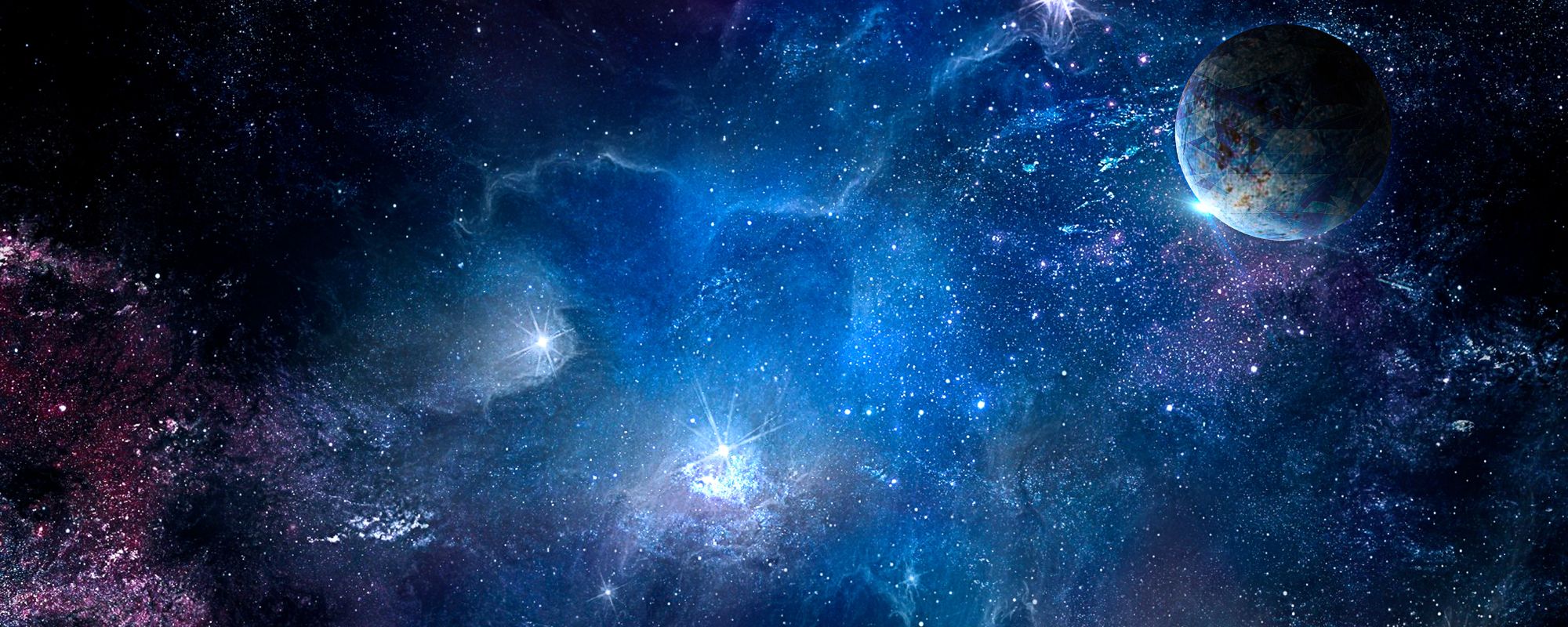NASA just announced the discovery of a second potentially habitable Earth-size planet. The planet, named TOI 700 e, is about 95% of the size of Earth and in a zone that could allow it to contain water. It was discovered with the Transiting Exoplanet Survey Satellite (TESS), which was launched in 2018 and is now on an extended mission to find planets that orbit stars.
Videos by Rare
Planets TOI 700 E and D Are in Potentially Habitable “Goldilocks Zone,” May Hold Water
TOI 700 e is one of four planets found in a shared solar system about 100 lightyears away. TOI 700 e and its neighboring planet TOI 700 d are both thought to be in a “Goldilocks zone” that could support water and has temperatures that are stable enough to support life. Further, TOI 700 d, discovered last year, is believed to also be in a “conservative zone” that may support an Earth-like atmosphere.
But the new discovery of planet e is significant because of its size.
Emily Gilbert, a postdoctoral fellow at NASA’s Jet Propulsion Laboratory, said planet e is 10% smaller than planet d. She also said that its discovery proves that the TESS satellite can “find smaller and smaller worlds.”
“This is one of only a few systems with multiple, small, habitable-zone planets that we know of,” said Gilbert. “That makes the TOI 700 system an exciting prospect for additional follow up.”
NASA Plans to Continue Research Into These Exoplanets With Tess Satellite Telescope
As of now, NASA is continuing to study the TOI 700 system. While 100 lightyears is much too far away for humans to physically get to any time soon, it may offer other insights for researchers. So don’t plan on packing your bags quite yet. We probably need to figure out a faster form of transportation before we think about relocating anywhere.
Since its launch nearly 5 years ago, TESS has discovered 3,032 new exoplanets and 6,137 potential candidates. However, most exoplanets do not contain the conditions needed for humans or life as we know it to survive. With time, NASA hopes to continue finding more and learning about exoplanets, especially those that are Earth-like.



